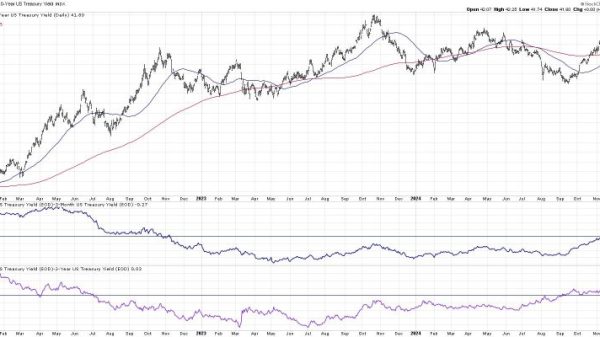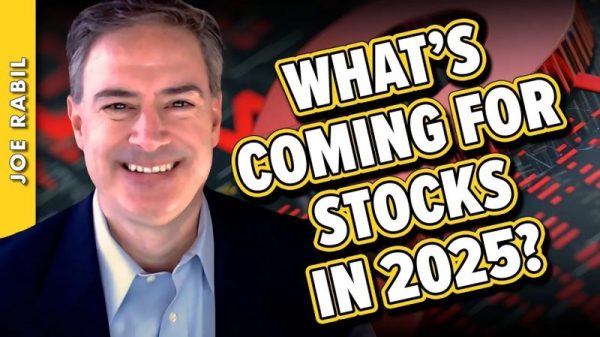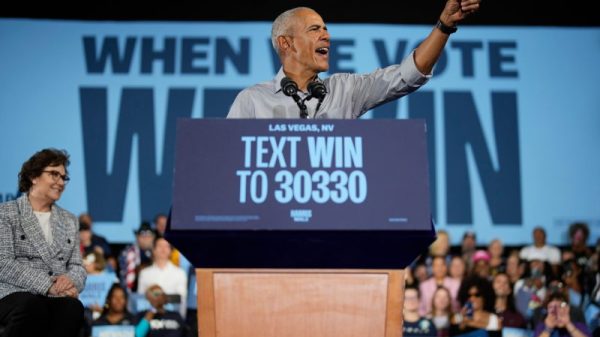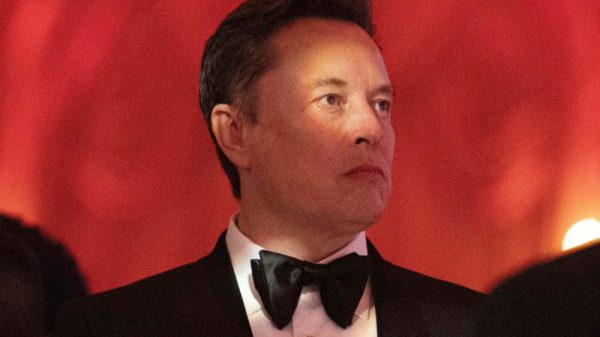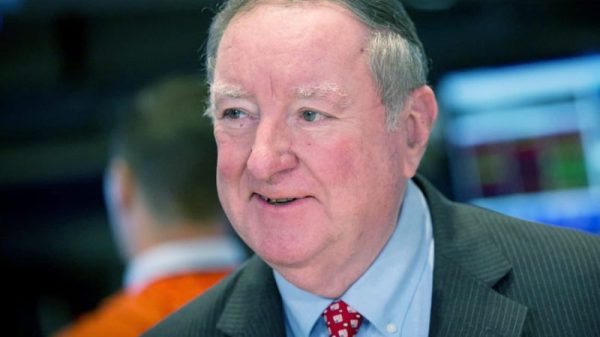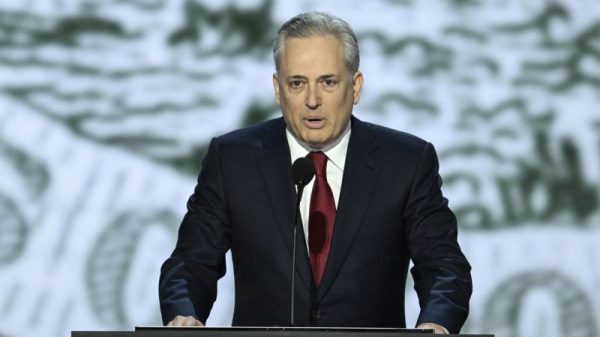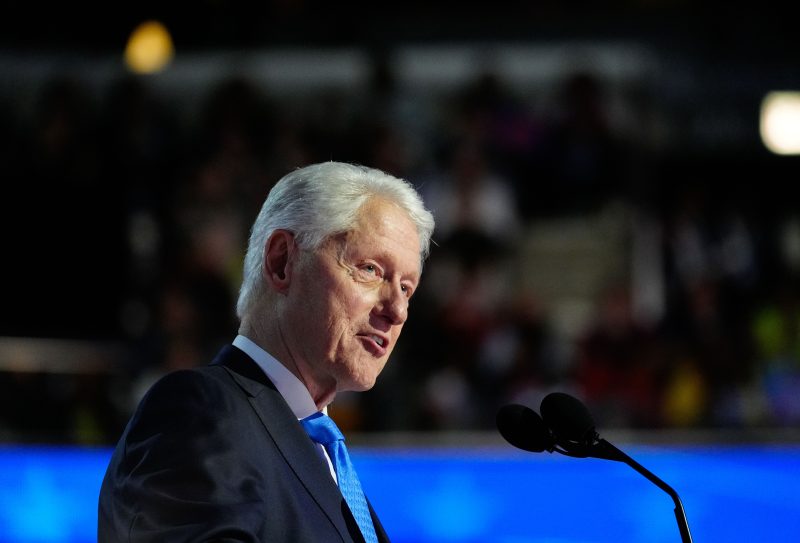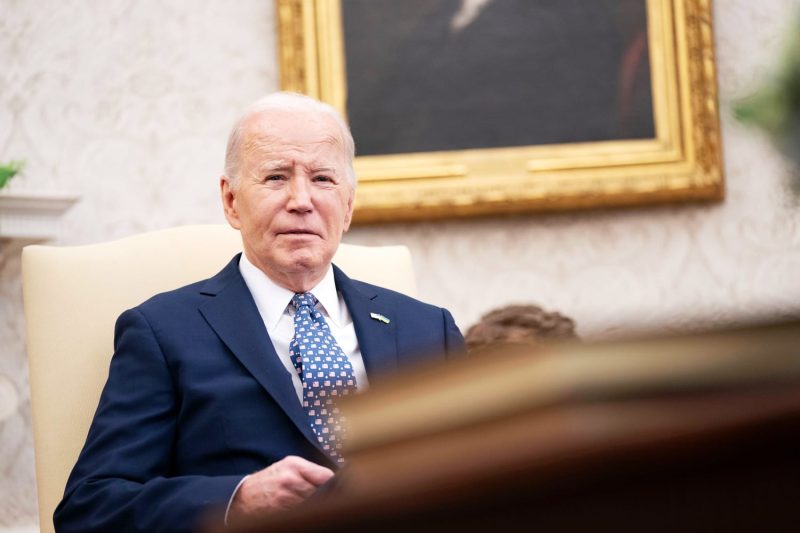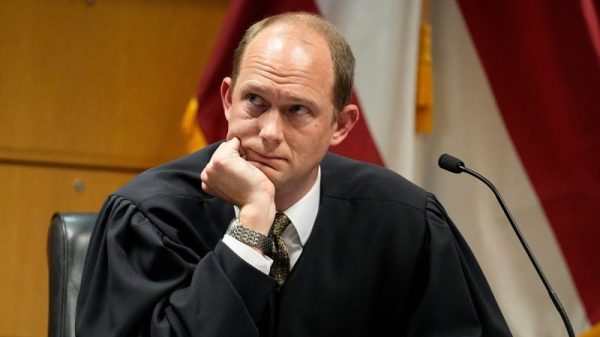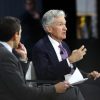In a recent study published by the Bureau of Labor Statistics, it was found that there exists a wide gap in job gains depending on the political party of the president in office. The study delves into the job creation trends during different presidencies, particularly comparing the job gains under Democratic presidents versus Republican presidents.
Within the study, a notable trend was highlighted – when looking at the job gains during the tenures of different presidents, it was observed that Democratic presidents tend to preside over stronger and more consistent job growth compared to their Republican counterparts. This finding has raised eyebrows and sparked discussions among economists and policymakers regarding the potential reasons behind this disparity.
One key factor that could potentially explain the variance in job gains based on presidential party affiliation is the difference in economic policies and priorities embraced by Democratic and Republican administrations. Historically, Democratic presidents have been proponents of policies aimed at boosting job creation through government spending, infrastructure investments, and support for social welfare programs. On the other hand, Republican administrations have often focused on deregulation, tax cuts, and pro-business policies as their primary means of stimulating job growth.
Another critical aspect that may contribute to the job gains gap is the timing of economic cycles. It is important to note that the economic conditions and external factors during a president’s term can significantly impact job creation. For instance, Democratic presidents such as Bill Clinton and Barack Obama took office during challenging economic conditions but successfully managed to steer the economy towards recovery and job growth. In contrast, Republican presidents like George W. Bush and Donald Trump inherited stronger economies but faced downturns during their tenures.
Furthermore, the study underscored the significance of consistent and stable economic policies in fostering job gains. The uncertainty created by frequent policy changes or shifts in priorities can disrupt business confidence and investment, ultimately stalling job creation. Democratic presidents have often been associated with more stable economic policies, which could explain the positive job growth trends observed during their administrations.
In conclusion, the wide gap in job gains by presidential party affiliation sheds light on the complex relationship between political leadership and economic outcomes. While there are multiple factors at play, including policy differences and economic cycles, the study underscores the importance of coherent and supportive economic policies in driving sustained job growth. Policymakers and leaders can draw valuable insights from these findings to formulate strategies that prioritize job creation and economic prosperity for all.



